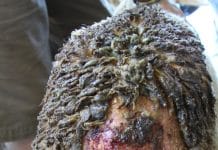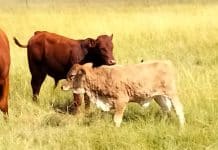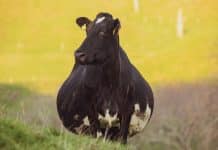Estimated reading time: 7 minutes
For as long as he can remember, JP Mlangeni wanted to be a farmer. It might have taken a few years, from being a teacher and later a businessman, but his dream finally took shape and today he runs a fully-fledged breeding and commercial Brahman farming enterprise in Mpumalanga.
JP was born in Hendrina, went to school in Pretoria and became a teacher. He later left his teaching career and opened a transport business in Secunda, eventually expanding to Witbank. Later, with the finances to back his decision, he drove to farmers in the Belfast area, which he often visited as a child, and asked to buy their farms. Today he farms on more than 3 500 hectares.
From humble beginnings
JP is passionate about the Brahman. It is a breed with bulls that not only excel in crossbreeding systems (they can be used on any other cattle breed), but that are also hardy and have no trouble adapting to the environment.
He bought his first Brahmans from well-known breeders. As the animals had to be fertile and functionally efficient, he examined their pedigrees and made sure the conformation and type fitted his requirements. The stud animals he selected also came from pedigrees that had high meat and milk production potential.
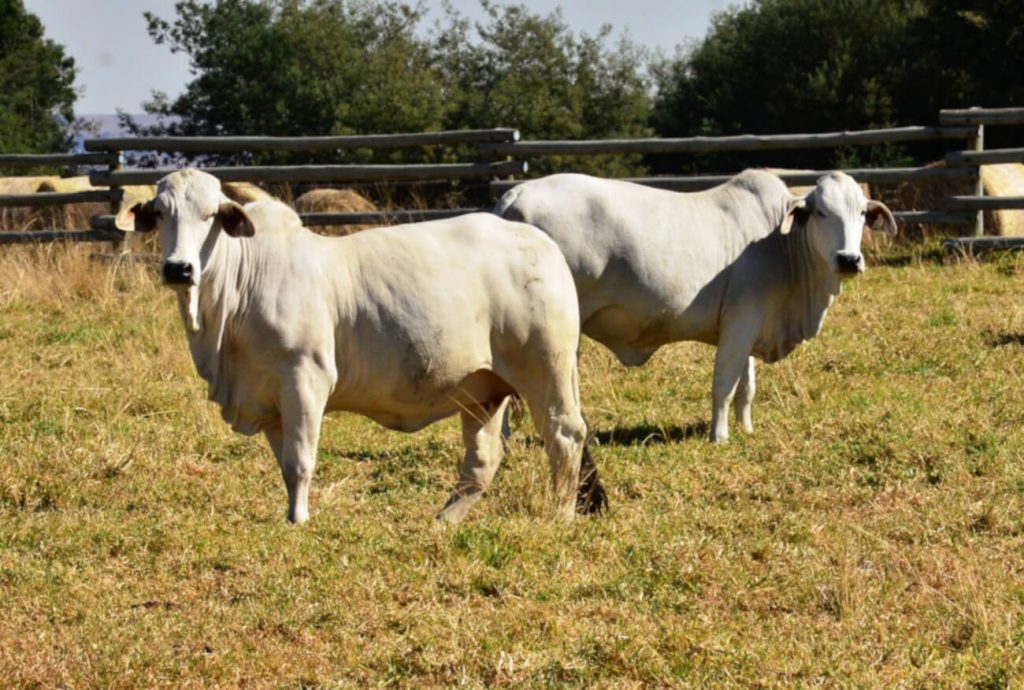
The farm he bought had little infrastructure, but it suited him because he mapped out the farm in his mind while dreaming of his Brahman enterprise. Each aspect was designed for maximum functionality.
Although his business still keeps him busy, JP is looking forward to the day when he can work among his cattle full time and live out his dream to the fullest.
He believes beef cattle production has an excellent future. The only problem is a lack of co-operation. The government and people need to understand what farming is about. Although the producers work well together, not everyone understands that it took years for these commercial producers to acquire their knowledge and expertise.
“Farming does not happen overnight, especially not for people who know nothing about farming and who only tell clever stories without putting in the work,” says JP.
Read more about the structural evaluation of Brahman cattle here.
Keeping it in the family
While JP runs the business in Witbank, his son, Happy, makes sure the farming enterprise runs smoothly. He takes care of around 1 000 head of cattle and oversees the planting of some 250ha of maize. They also bale the established Eragrostis pastures, as well as the grass from natural pastures.
After school he qualified in IT technology and after a few years in an office, started working on the farm. He took a few courses in Brahman production and with the help of several Brahman breeders and neighbours, received hands-on training of what needs to be done on the farm.
Mating, selection on finishing
The mating period on the farm ranges from September to November. Cows are divided into groups of around 20 cattle per group. Heifers are mated when they are approximately 25 months old and weigh 350kg (their calving percentage averages 92%). The Mlangenis use bulls that will contribute to the herd by breeding superior progeny.
Cows normally calve in late winter and early spring. A week or two before calving they are moved to smaller kikuyu pastures near the house, so that good supervision can be maintained. Once the calves are strong enough, the cows and calves go back to camps where they graze natural or cultivated pastures.
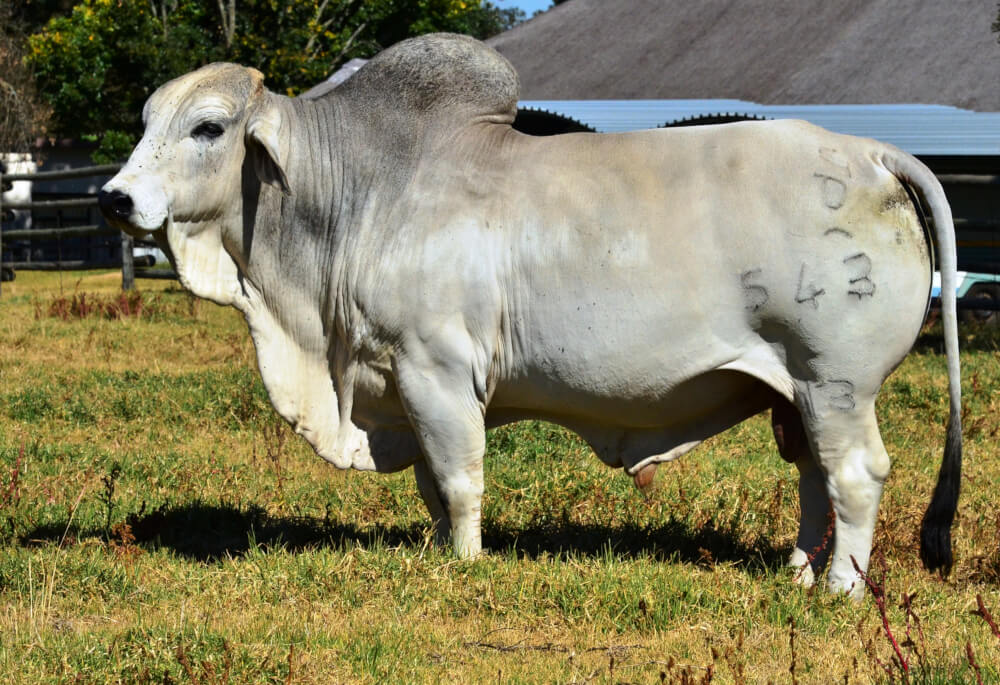
In their area the first rain usually arrives in September. The ensuing green pastures mean that they do not have to provide additional feed for the cows.
At weaning the calves weigh an average of 220 to 250kg. This is also when replacement animals are selected. The best heifers go to the stud, while those with no obvious defects are used in the commercial herd.
As for the bull calves, those that meet the Mlangenis own strict selection standards as well as that of the Brahman Cattle Breeders’ Society are grown out on the farm on natural and cultivated pasture, along with a supplement, until they are ready to be used as stud animals or sold. The rest of the bull calves are backgrounded for six months before being sent to the feedlot to eventually be slaughtered.
The calves weigh approximately 300kg when they enter the feedlot. There they are rounded off for 120 days on a feedlot ration and grass hay. They gain an average of 0,8 to 1,2kg per day and weigh between 460 and 500kg by the time they are marketed.
Strict selection for fertility in Brahmans
Happy says the calving percentage of the entire cow herd is approximately 72%. This is a headache for them. “This might be attributed to the very cold winters and the fact that the farm is in a low-lying area close to the Belfast dam. It could also be that the animals have not yet fully adapted to the environment and that their condition is not in a rising phase at the time of mating.”
However, they are working very hard to rectify the situation. Their selection for fertility is strict. Cows and heifers get only two chances and if they fail to conceive on the second try, they are culled.
On-farm grazing system for Brahmans
The farm is in a sourveld area and the Mlangenis make use of a rotational grazing system on camps ranging from 30 to 40ha in size. The grass is burned every four to five years to remove dead grass and stimulate new growth.
The Eragrostis grass is cut for hay in late summer when the grass starts to seed. Some of the camps have natural pastures – here the grass is initially grazed very lightly and later in the season is cut for extra hay. Approximately 7 000 bales of hay are collected annually.
When the pastures start to deteriorate in late summer, bales are left in the camps to meet the cattle’s roughage needs. The animals also receive a lick supplement to satisfy any nutritional deficiencies.
Accept help where you can
Happy says to achieve their breeding goal of producing fertile and functionally efficient animals that produce enough meat and milk, they make use of different bloodlines that can improve the economically important traits in their herd.
Although there is still a lot of work to be done to improve their herd, especially in terms of calving percentage (as this is where the producer makes his profit), their future does look rosy.
Happy believes black farmers who have a passion for farming – in their case beef cattle farming – have a very good future. “We are fortunate to have fellow producers and neighbours who are very forthcoming with their knowledge and help, and black producers should not hesitate to accept such help. The knowledge and experience of the country’s commercial producers are worth its weight in gold,” he says. – Andries Gouws, Stockfarm
For more information, contact JP Mlangeni on 082 456 3601 or jpmlangeni@xsinet.co.za, or Happy Mlangeni on 072 951 8688 or happymlangeni@gmail.com.



